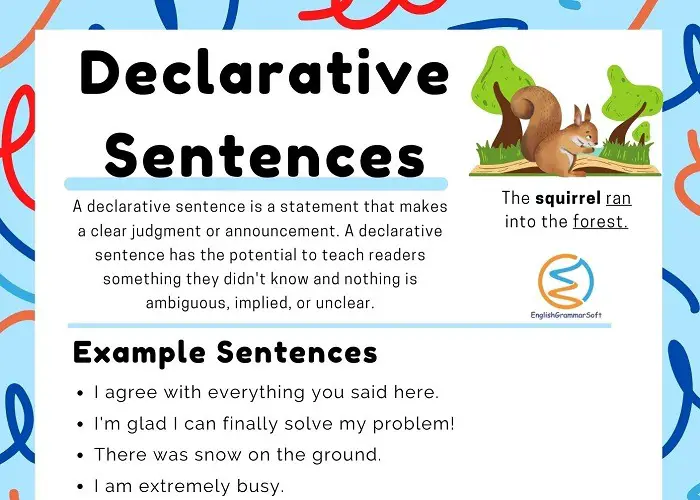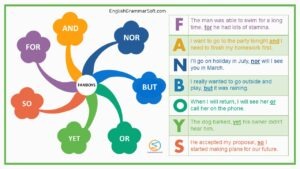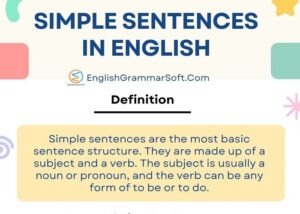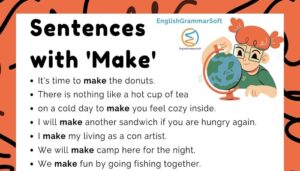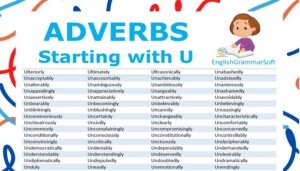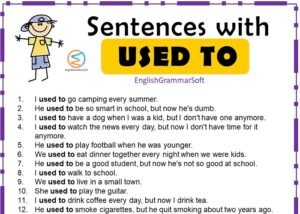What is a Declarative Sentence? (20 Examples)
A declarative sentence is a statement that makes a clear assertion of fact or truth. Such sentences usually contain a subject, a verb, and an object to complete the assertion.
For example, in the sentence “The squirrel ran into the forest,” the subject is “squirrel”; the verb is “ran”; and the object is “forest.”
In declarative sentences, the subject performs the verb indicated in the active voice (where the subject of the sentence acts upon itself).
A declarative sentence can further be defined as a simple sentence that states something. It has no interrogative words such as who, what or where. It is the opposite of an interrogative sentence.
A declarative sentence is a statement that makes a clear judgment or announcement. A declarative sentence has the potential to teach readers something they didn’t know, and nothing is ambiguous, implied, or unclear.
Use in Writing and Literature
In writing and literature, a declarative sentence provides information and expects the reader to give an honest response. Writers should avoid using too many of these sentences within a text because they can lose the reader’s interest. Each declarative sentence should be different in meaning yet also include similar characteristics so that you can differentiate them easily.
Use in Linguistics
In linguistics, a declarative sentence is a statement that is either true or false. The speaker of such a sentence is asserting something, often making a statement. In contrast to this, an interrogative sentence asks a question and will typically be answered with “yes” or “no.”
Functions of Declarative Sentence
The function of a declarative sentence is to provide information. It is an answer to what or how questions, or to it and which questions.
- Make sure to always present information in declarative sentences.
- Declarative sentences provide the reader with an answer and require no further action.
- Editing declarative statements will improve the impact of your communication.
- Aim for short, precise, and clear statements that include only one idea.
- If the declarative sentence is longer than one sentence, it can contain a subject and multiple declarations or statements.
- Declarative sentences may also express an action or description.
Common Mistake in Use of Declarative Sentence
Some people use question marks at the end of a declarative sentence which is a common mistake. For example,
- Mark wants to know whether he was invited? (Wrong)
- Mark wants to know whether he was invited.
- Jimmy asked when the meeting had started? (Wrong)
- Jimmy asked when the meeting had started.
The above sentences are statements, and the use of question marks is incorrect.
20 Examples of Declarative Sentences
A sentence that is written in the present tense and informs the reader about current happenings is known as a declarative sentence. These are some examples of declarative sentences.
- I agree with everything you said here.
- I’m glad I can finally solve my problem!
- There was snow on the ground.
- I am extremely busy.
- The book store is closed on Sundays and Fridays of every week!
- The cat sat on the mat.
- My dog barks incessantly when I am gone.
- Everyone needs to be aware of how easily anaphylaxis can strike.
- He drove the car slowly from the highway exit to the mall.
- We’re ready for the party.
- You’ve been selected for this job.
- The moon is out tonight, shining brighter than usual.
- Successful people have high enthusiasm.
- The author used facts and anecdotes to reach his goal.
- The river flows slowly and peacefully through the field in front of my house.
- The dog was sleeping on the bed.
- Someone left their jacket there.
- He can hear her screaming behind him.
- We are studying this afternoon.
- I am happy with the way things have turned out.
- She was almost all dressed in black and carrying a large, old-looking carpetbag packed with books, papers, and stationery.
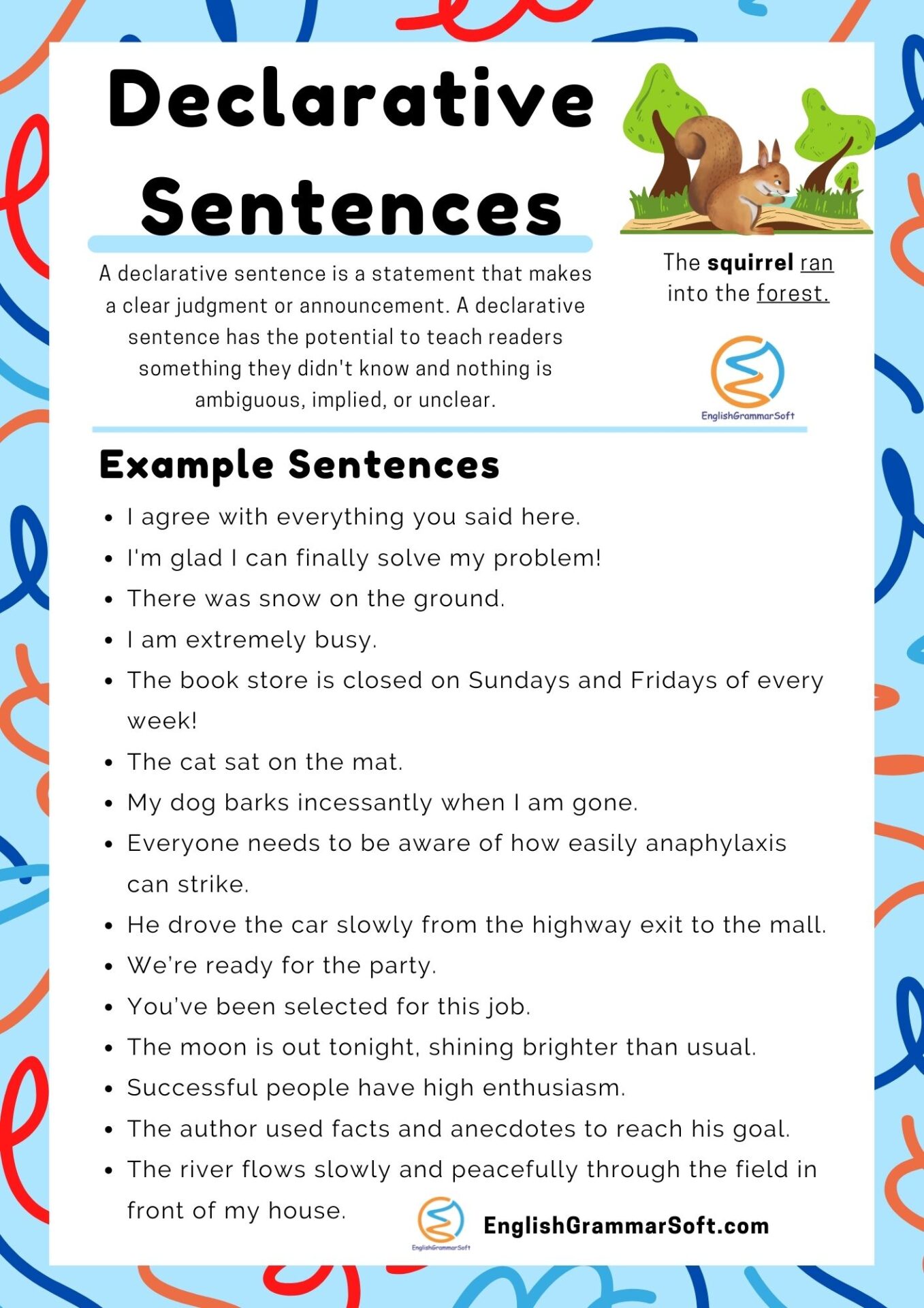
Further Reading
